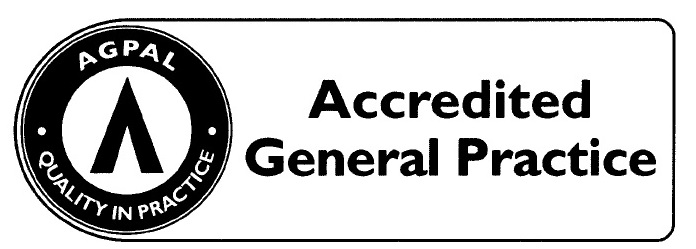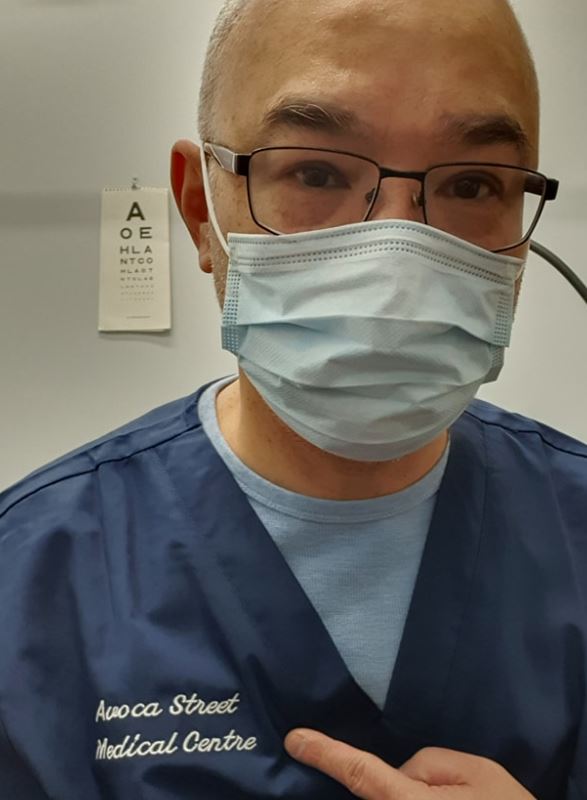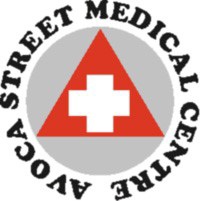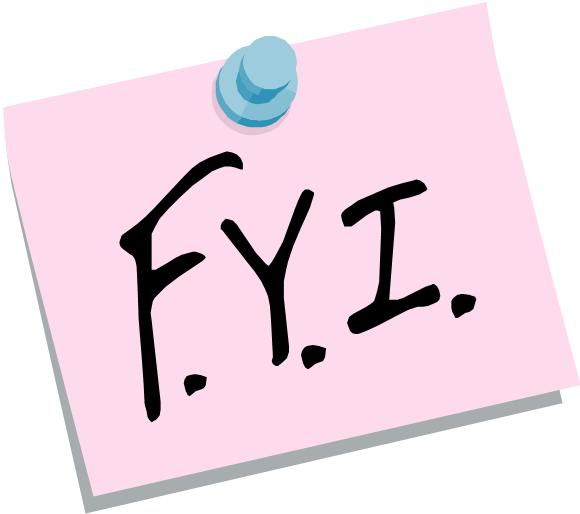Childhood Infectious diseases
Chicken pox | Conjunctivitis | Gastroenteritis | German Measles | Glandular Fever
Hand Foot and Mouth Disease | Head Lice | Hepatitis A | Impetigo | Influenza | Measles
Meningococcal Disease | Molluscum Contagiosum | Mumps | Ring worms | Scabies
Scarlet Fever | Slapped Cheek | Whooping Cough
Chicken Pox
- Time from exposure: 10 to 21 days, usually 14 to 16 days.
- Symptoms: Slight fever, runny nose, and a rash that begins as raised pink spots that blister and scab.
- Do I need to keep my child home? Yes, for 5 days from the onset of the rash and the blisters have dried.
- How can I help prevent spread? Immunise your child at 18 months of age. Immunisation is recommended for children at 12 years if they are not immune.
Conjunctivitis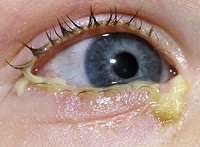
- Time from exposure: 1-3 days.
- Symptoms: The eye feels scratchy, is red and may water. Lids may stick together on waking.
- Do I need to keep my child home? Yes, while there is discharge from the eye.
- How can I help prevent spread? Careful hand washing; avoid sharing towels. Antibiotics may be needed.
Gastroenteritis
- Time from exposure: Depends on the cause: several hours to several days.
- Symptoms: A combination of frequent loose or watery stools, vomiting, fever, stomach cramps, headaches.
- Do I need to keep my child home? Yes, at least for 24 hours after diarrhoea stops.
- How can I prevent spread? Careful hand washing with soap and water after using the toilet or handling nappies and before touching food.
German Measles (Rubella)
- Time from exposure: 14 to 21 days.
- Symptoms: Often mild or no
- Symptoms: mild fever, runny nose, swollen nodes, pink blotchy rash that lasts a short time. Can cause birth defects if pregnant women are infected.
- Do I need to keep my child home? Yes, for at least 4 days after the rash appears.
- How can I help prevent spread? Immunisation (MMR) at 12 months and 4 years of age.
Glandular Fever
- Time from exposure:4 to 6 weeks.
- Symptoms:Fever, headache, sore throat, tiredness, swollen nodes.
- Do I need to keep my child home? No, unless sick.
- How can I help prevent spread? Careful hand washing, avoid sharing drinks, food and utensils, and kissing.
Hand Foot and Mouth Disease
- Time from exposure: 3 to 5 days.
- Symptoms: Mild illness, perhaps with a fever, blisters around the mouth, on the hands and feet, and perhaps the nappy area.
- Do I need to keep my child home? Yes, until the blisters have dried.
- How can I help prevent spread? Careful hand washing especially after wiping nose, using the toilet and changing nappies.
Head Lice
Hepatitis A
- Time from exposure: About 4 weeks (can range from 2 to 7 weeks).
- Symptoms: Often none in small children; sudden fever, loss of appetite, nausea, vomiting, jaundice (yellowing of skin and eyes), dark urine, pale stools.
- Do I need to keep my child home? Yes, for 2 weeks after first symptoms or 1 week after onset of jaundice.
- How can I help prevent spread? Careful hand washing; those that have had close contact with an infected child may need to have an injection of immunoglobulin; immunisation is recommended for some people.
Impetigo (School Sores)
- Time from exposure: 1 to 3 days.
- Symptoms: Small red spots change into blisters that fill up with pus and become crusted; usually on the face, hands or scalp.
- Do I need to keep my child home? Yes, until antibiotic treatment starts. Sores should be covered with watertight dressings.
- How can I prevent spread? Careful hand washing.
Influenza (Flu)
- Time from exposure: 1 to 3 days.
- Symptoms: Sudden onset fever, runny nose, sore throat, cough, muscle aches and headaches.
- Do I need to keep my child home? Yes, until they look and feel better.
- How can I prevent spread?? Careful hand washing, especially after coughing, sneezing or wiping your nose. Immunisation, is recommended for children with chronic illnesses.
Measles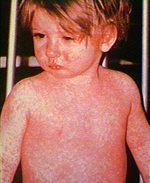
- Time from exposure: About 10 to 12 days until first symptoms, and 14 days until the rash develops.
- Symptoms: Fever, tiredness, runny nose, cough and sore red eyes for a few days followed by a red blotchy rash that starts on the face and spreads down the body and lasts 4 to 7 days.
- Do I need to keep my child home? Yes, for at least 4 days after the rash appears.
- How can I prevent spread? Immunisation (MMR) at 12 months and 4 years. Childcare/school attendees who are not immune may be excluded for 14 days after onset in the last case at the facility.
Meningococcal Disease
- Time from exposure: Usually 3 to 4 days (can range from 2 to 10 days).
- Symptoms: Sudden onset of fever and a combination of headache, neck, stiffness, nausea, vomiting, drowsiness or rash.
- Do I need to keep my child home? Seek medical attention immediately.
- How can I help prevent spread? Individuals who have had close contact with the infected child should see their doctors urgently if symptoms develop, and may need to have a special antibiotic. Immunisation with Meningococcal C vaccine at 12 months of age.
Molluscum Contagiosum
Mumps
- Time from exposure: Usually 16 to 18 days (can range from 12 to 25 days).
- Symptoms: Fever, swollen and tender glands around the jaw.
- Do I need to keep my child home? Yes, for 9 days after onset of swelling.
- How can I prevent spread? Immunisation (MMR) at 12 months and 4 years of age.
Ringworm
- Time from exposure to till illness: Varies (may be several days).
- Symptoms: Small scaly patch on the skin surrounded by a pink ring.
- Do I need to keep my child home? Yes, until the day after fungal treatment has begun.
- How can I help prevent spread? Careful hand washing.
Scabies
- Time from exposure: New infections: 2 to 6 weeks; reinfection: 1 to 4 days.
- Symptoms: Itchy skin, worse at night. Worse around wrists, armpits, buttocks, groin and between fingers and toes.
- Do I need to keep my child home? Yes, until the day after the treatment has begun.
- How can I prevent spread? Individuals who have had close contact with the infected child should be examined for infestation and be treated if necessary. Wash linen, towels and clothing worn in the past 2 days in hot water and detergent.
Scarlet Fever
- Time from exposure: 1 to 3 days.
- Symptoms: Sudden onset sore throat, high fever and vomiting, followed by a rash in 12 to 36 hours.
- Do I need to keep my child home? Yes, until at least 24 hours of treatment has begun and the child is feeling better.
- How can I prevent spread? Careful hand washing. Sick contacts should see their doctor.
Slapped Cheek
- Time from exposure: 1 to 2 weeks.
- Symptoms: Mild fever, red cheeks, itchy lace-like rash, and possibly cough, sore throat or runny nose. Can cause foetal disease in pregnant women if they have not been previously infected.
- Do I need to keep my child home? No as it is most infectious before the rash appears.
- How can I prevent spread? Careful hand washing; avoid sharing drinks.
Whooping Cough
- Time from exposure: Usually 9 to 10 days (can range from 6 to 20 days).
- Symptoms: Starts with a running nose, followed by persistent cough that comes in bouts. Bouts maybe followed by vomiting and a whooping sound as the child gasps for air.
- Do I need to keep my child home? Yes, until the first 5 days of a special antibiotic have been taken.
- How can I help prevent spread? Immunisation at 2, 4, 6 months and 4 years of age. A particular antibiotic can be given for the patient and those that have been in close contact. The infected child should be excluded from childcare and school until 5 days after treatment begins. Unimmunised childcare attendees may be excluded from childcare unless they take the antibiotics.
Chicken pox | Conjunctivitis | Gastroenteritis | German Measles | Glandular Fever
Hand Foot and Mouth Disease | Head Lice | Hepatitis A | Impetigo | Influenza | Measles
Meningococcal Disease | Molluscum Contagiosum | Mumps | Ring worms | Scabies
Scarlet Fever | Slapped Cheek | Whooping Cough
Source: www.health.nsw.gov.au
Index of general public information |



